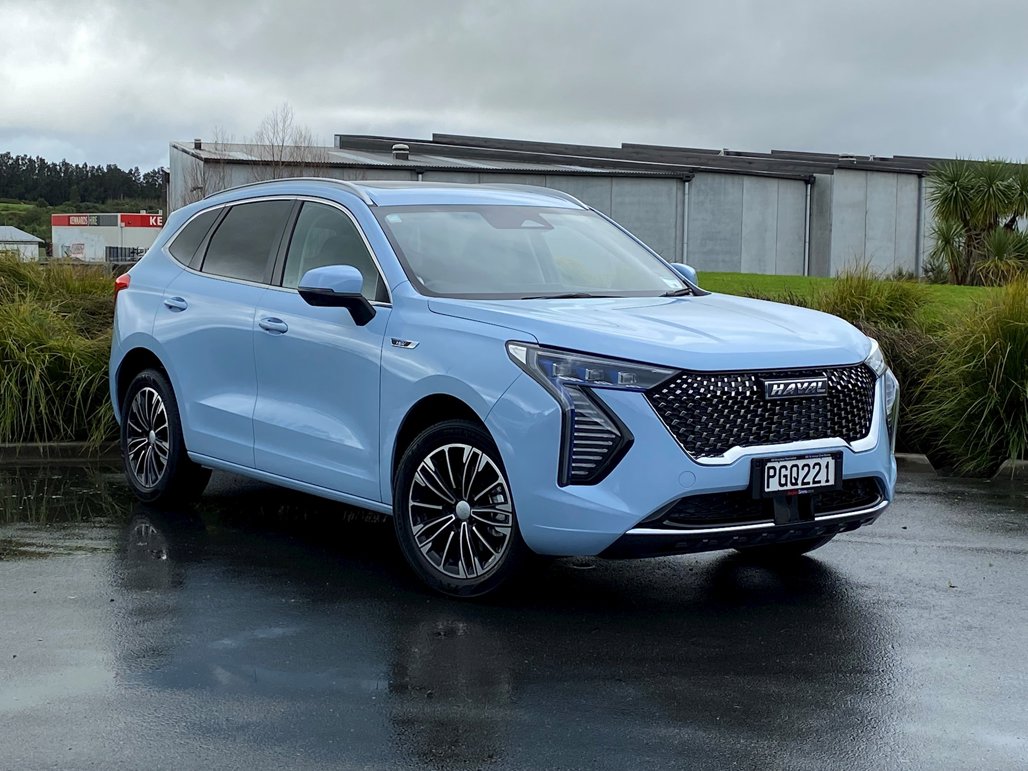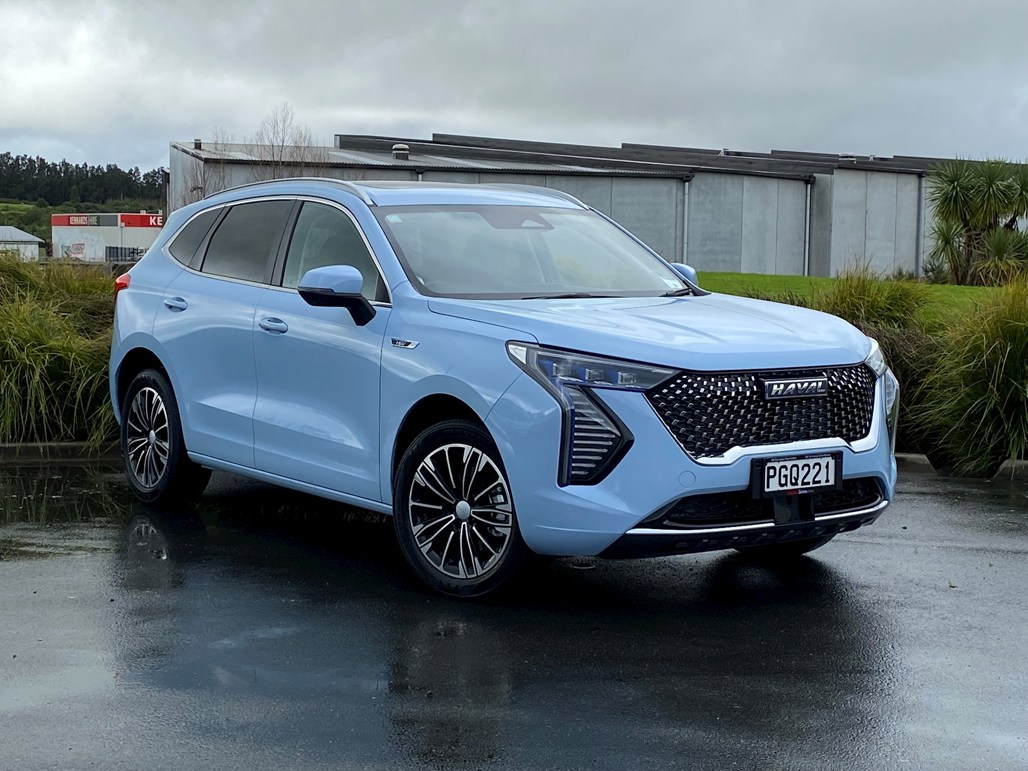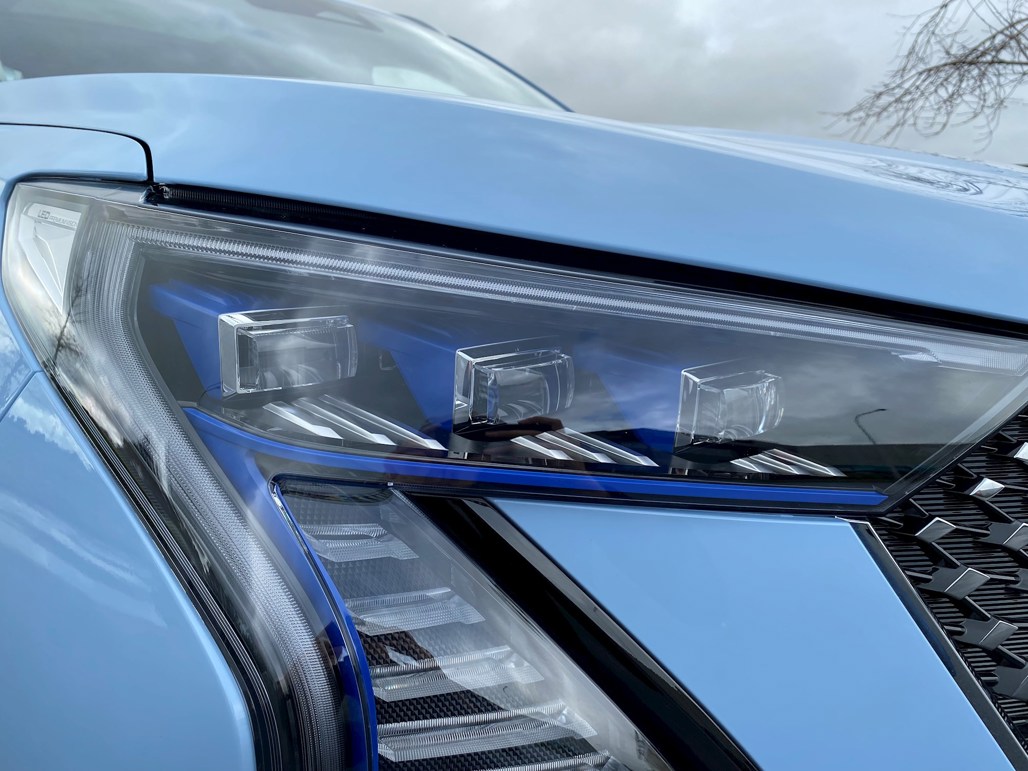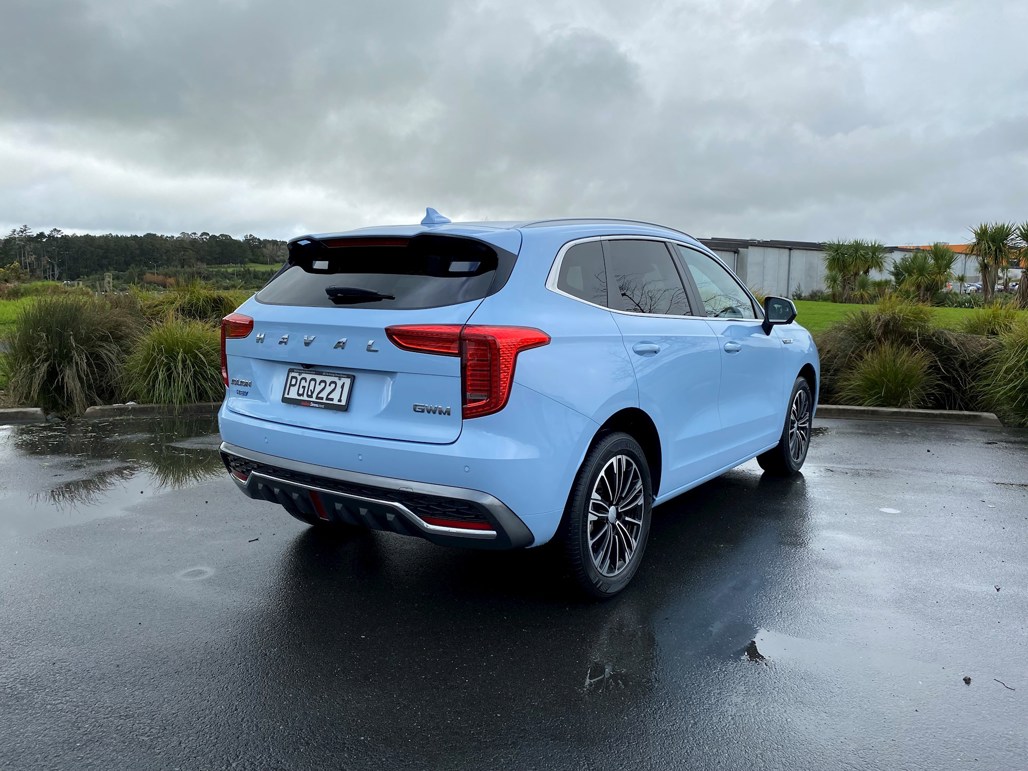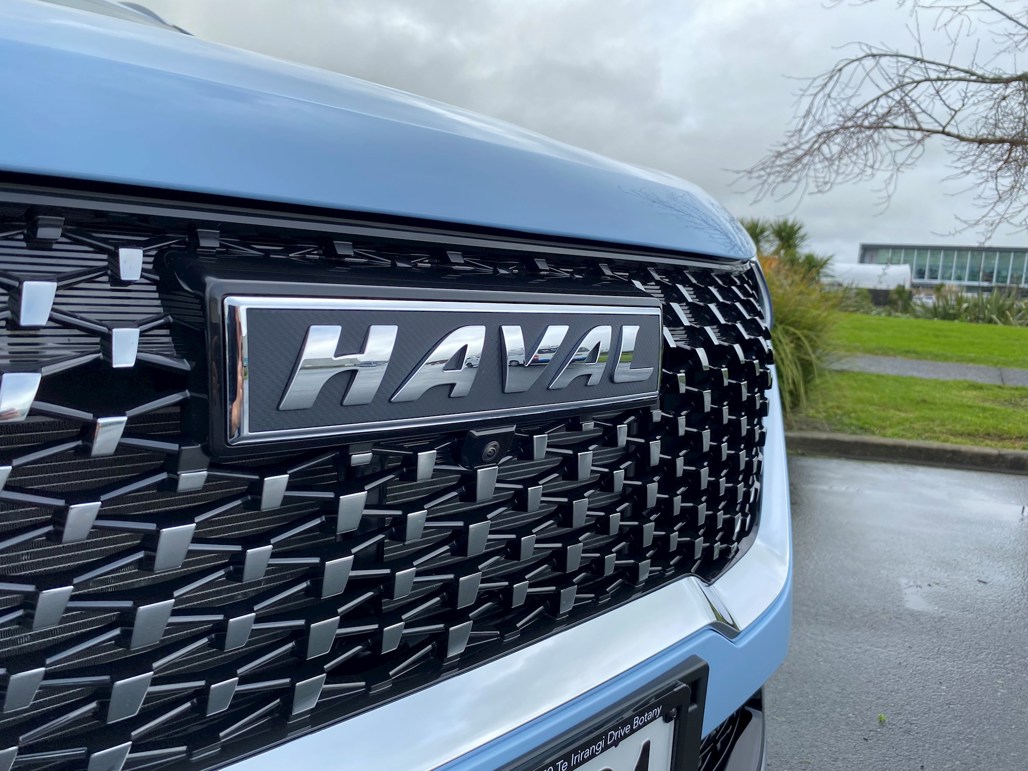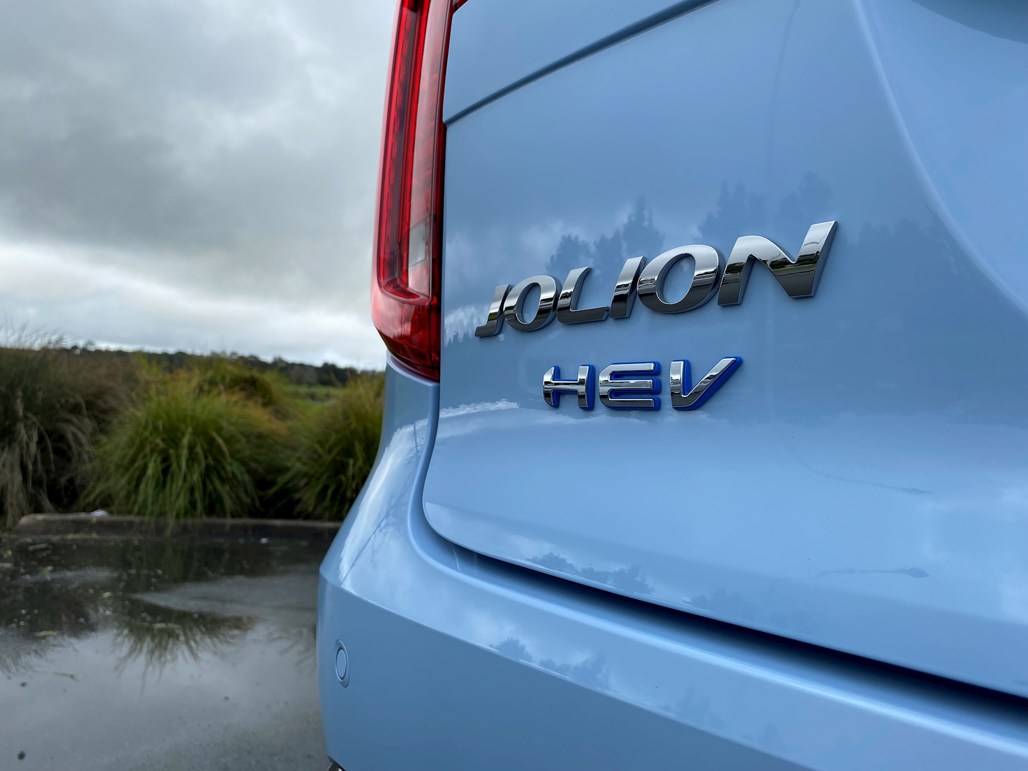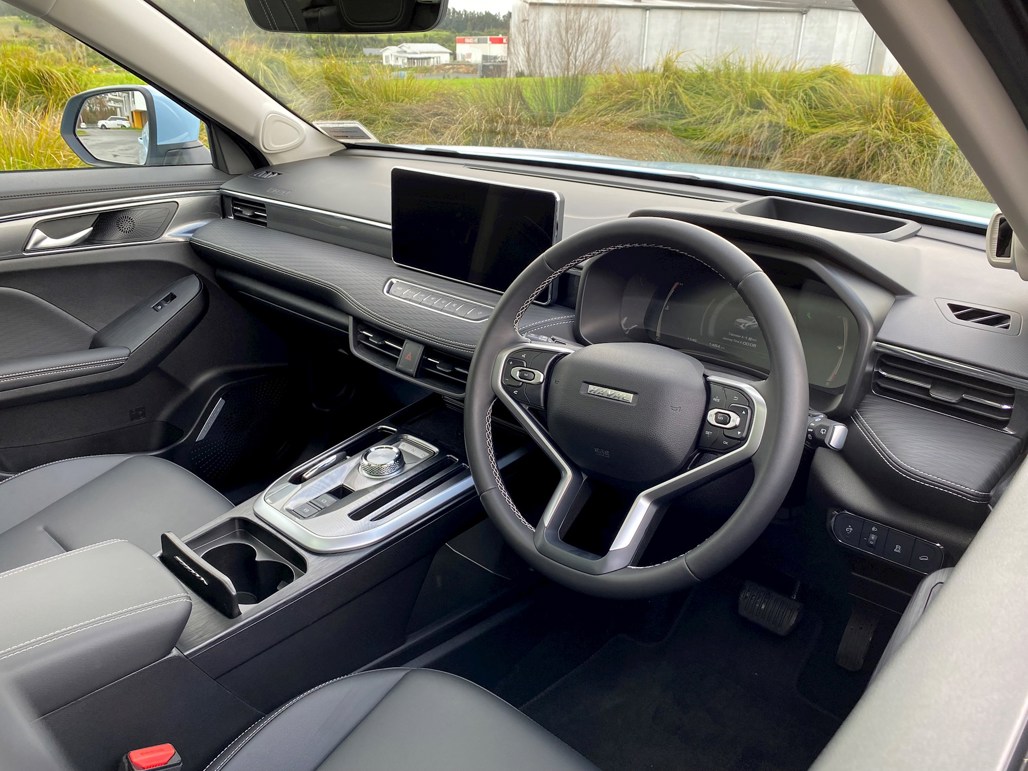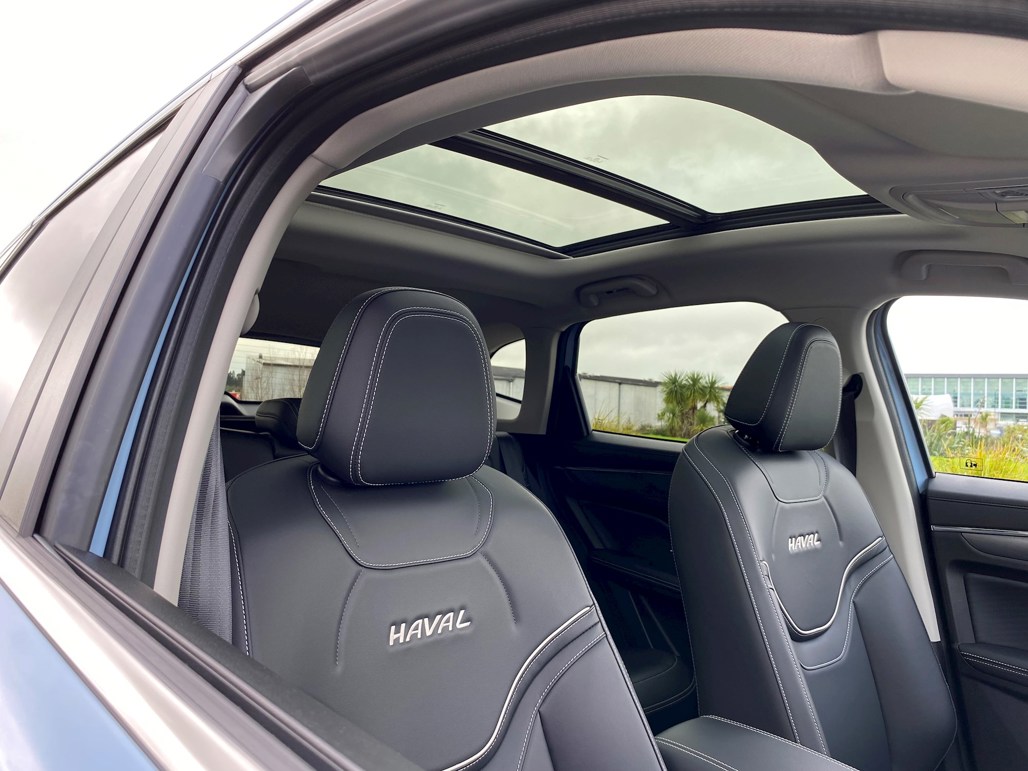Hybrid-powered SUVs are a hot commodity in 2022, with models like the Toyota RAV4 and Mitsubishi Outlander pulling ahead of the pack. But there’s a newcomer set to shake-up the established models in the form of the Haval Jolion HEV (hybrid electric vehicle), and it’s an impressive package at its lower price point.
In New Zealand, buyers have the choice of two Jolion variants: petrol and hybrid. The petrol model gets a 1.5-litre turbocharged engine that makes 110kW/220Nm. The hybrid uses a naturally aspirated 1.5-litre paired with a hybrid system to make a combined 139kW/375Nm. Both Jolions are front- drive; while the petrol gets a dual-clutch transmission, the hybrid has a special two-speed unit.
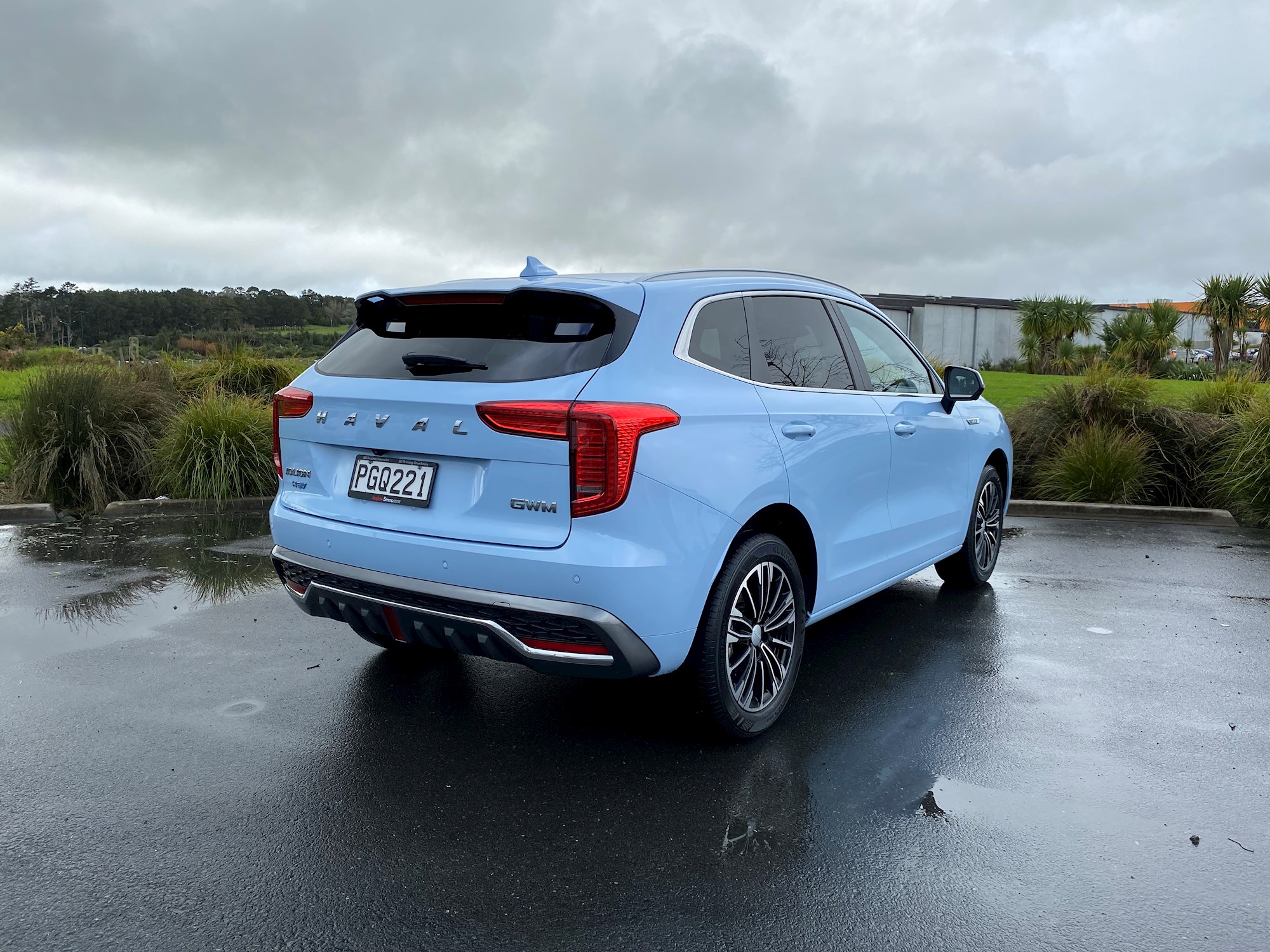
The range starts from $29,990 for the entry petrol Jolion Premium, and goes through to $35,990 for the Jolion Ultra. The Jolion HEV is only available in Ultra guise, where it starts from $42,490; but after a healthy $2026 rebate is taken off, $40,464 is the final figure.
DRIVEN has spent time in both Jolion variants. It might be a Chinese brand at the cheaper end of the spectrum, but the interior is really well appointed, with soft touch materials and woodgrain paneling. One interesting difference between the petrol and HEV interiors is the climate control panel beneath the infotainment screen.
The large landscape-orientated touchscreen infotainment display supports both Android Auto and Apple CarPlay. Opting for the top-spec Ultra model even adds in a wireless phone charger.
View all Haval models on DRIVEN
One slight issue I had with the Jolion was the lack of hybrid operation information in the dash cluster. Perhaps most people don’t want to know this information, but for the nerds among us, knowing what the car is doing with its charge is an appealing aspect of hybrid driving.
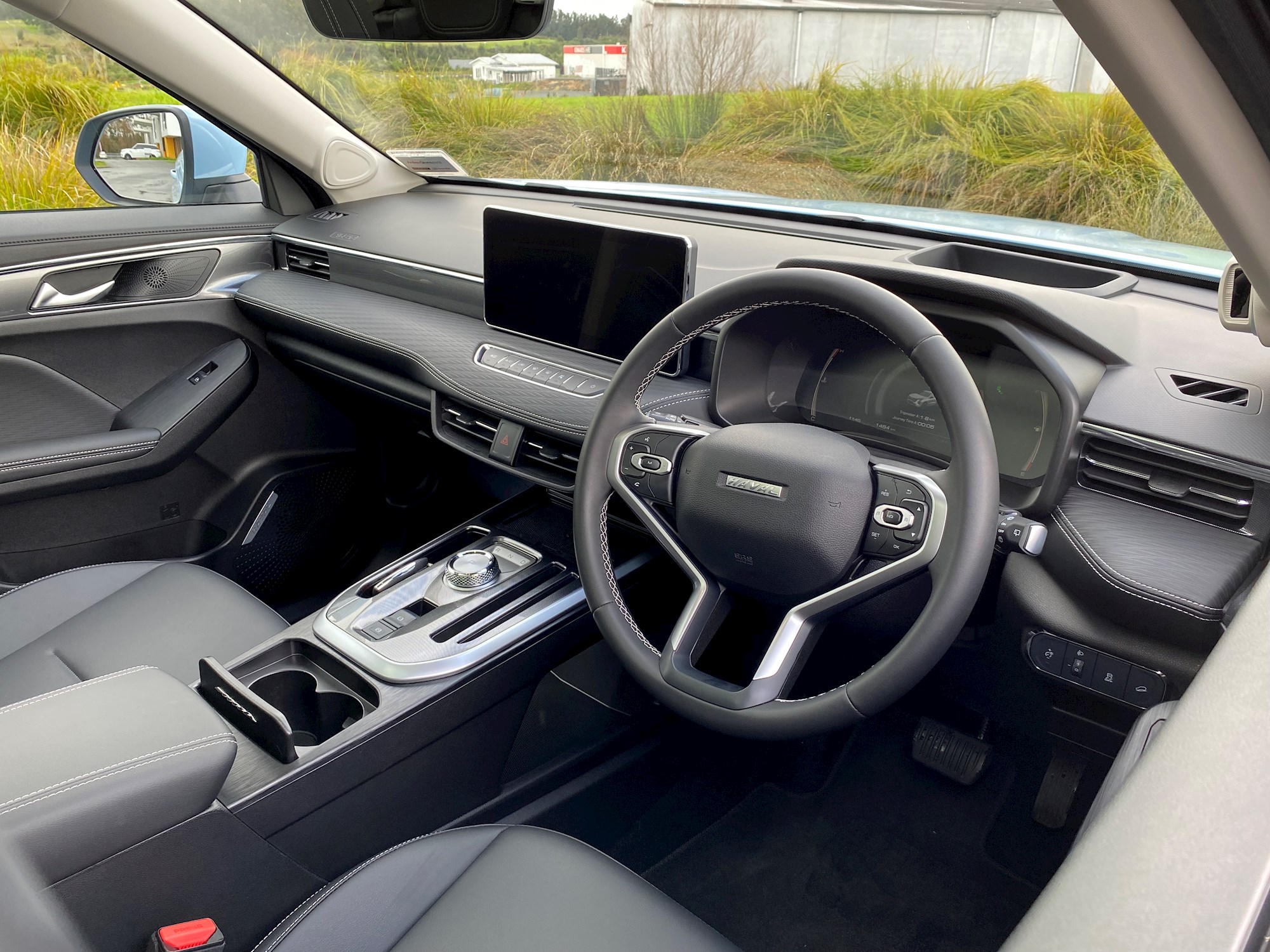
Both the mid-range Lux and top Ultra models get an extremely impressive parking camera system, using one of the highest resolution displays I’ve seen. It also gets a fantastic top-down monitor and a 360-degree camera.
Adaptive cruise control, lane keep assist, and forward collision warning are all included in the entry-level Premium model.
On the road, both vehicles are accomplished, but there are a few key differences to keep in mind. With its seven-speed dual-clutch transmission, the petrol Jolion provides a more traditional driving experience - but the HEV is noticeably quicker, with an extra 155Nm of torque over its ICE sibling.
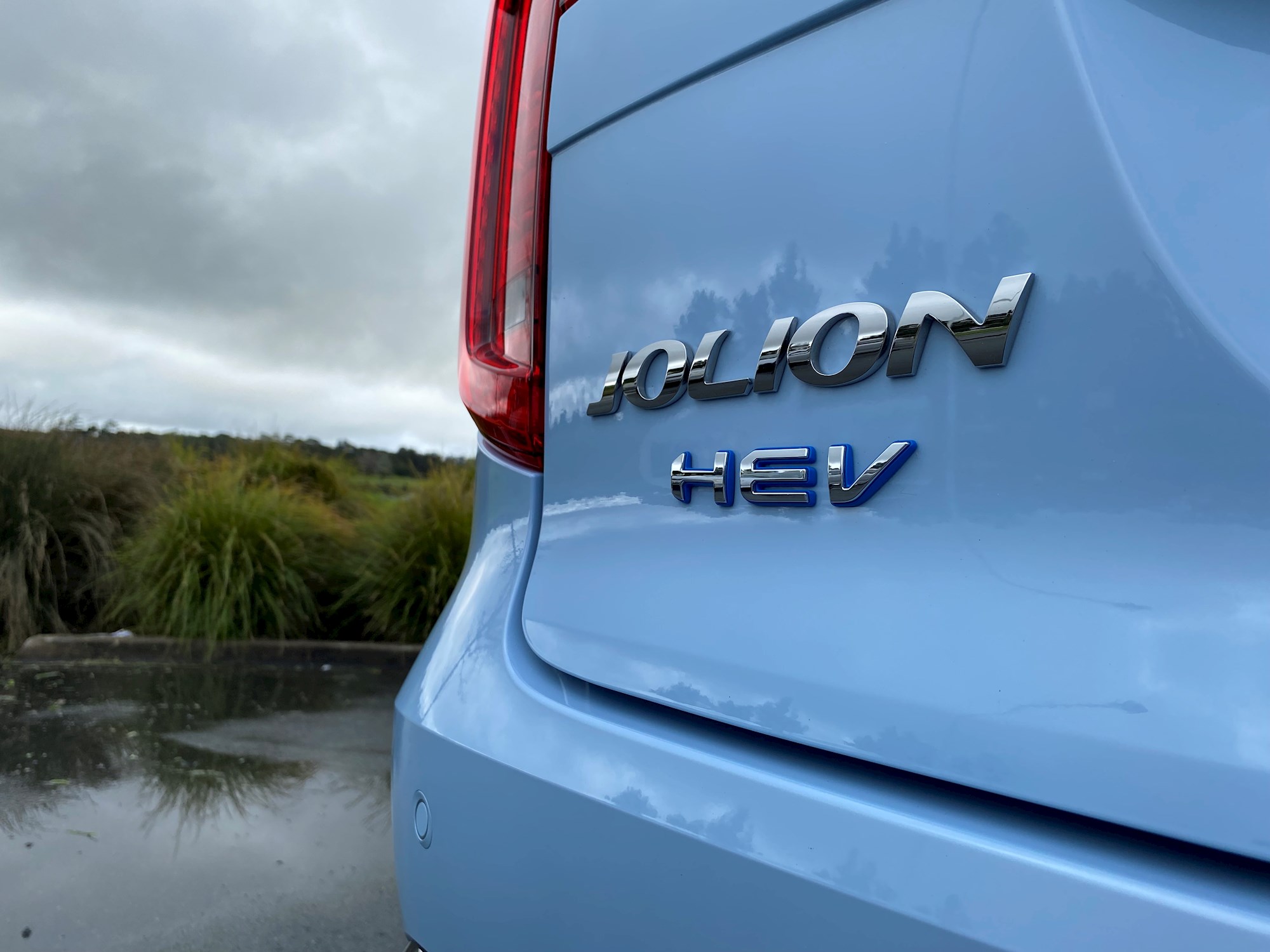
As expected, fuel use is the biggest difference between the two, with a combined figure of 5.5l/100km for the HEV vs 8.8l/100km from the petrol Jolion. In the real world both figures can be bettered quite easily, but the HEV is clearly the better choice. With its 55-litre fuel tank, the HEV also has a driving range of 1000km, the kind of figure usually reserved for big diesel SUVs.
Even with all this considered, saying the Ultra HEV is worth the extra $10,000 over the entry Jolion isn’t an easy call to make. You’d obviously save at the petrol pump with electric assistance, but it’s something that will need to be decided on a case-by-case basis.
In terms of cross-shopping, there’s never been more on offer in the hybrid-powered small SUV segment. At $40,464, the Jolion hybrid comes up against things like the new Hyundai Kona hybrid, and the Kia Niro hybrid, especially with the latter coming in at $39,990 before the Clean Car rebate is added. But remember the Jolion HEV is only available in the range-topping Ultra trim, so you are also getting a heap of kit in the Haval.
HAVAL JOLION ULTRA HEV
ENGINE: 1.5-litre hybrid
POWER: 139kW/375Nm
GEARBOX: 2-speed direct drive, FWD
ECONOMY: 5.5l/100km (WLTP)
PRICE: $42,490
